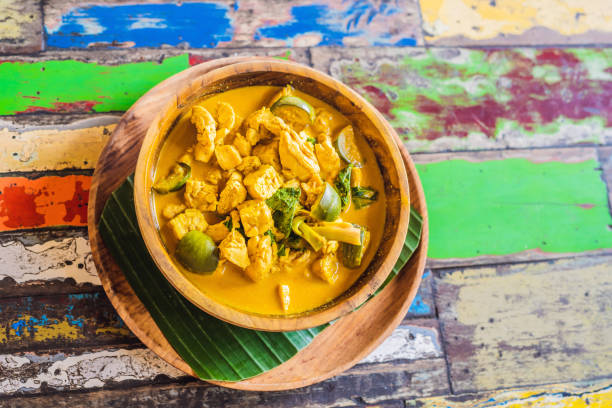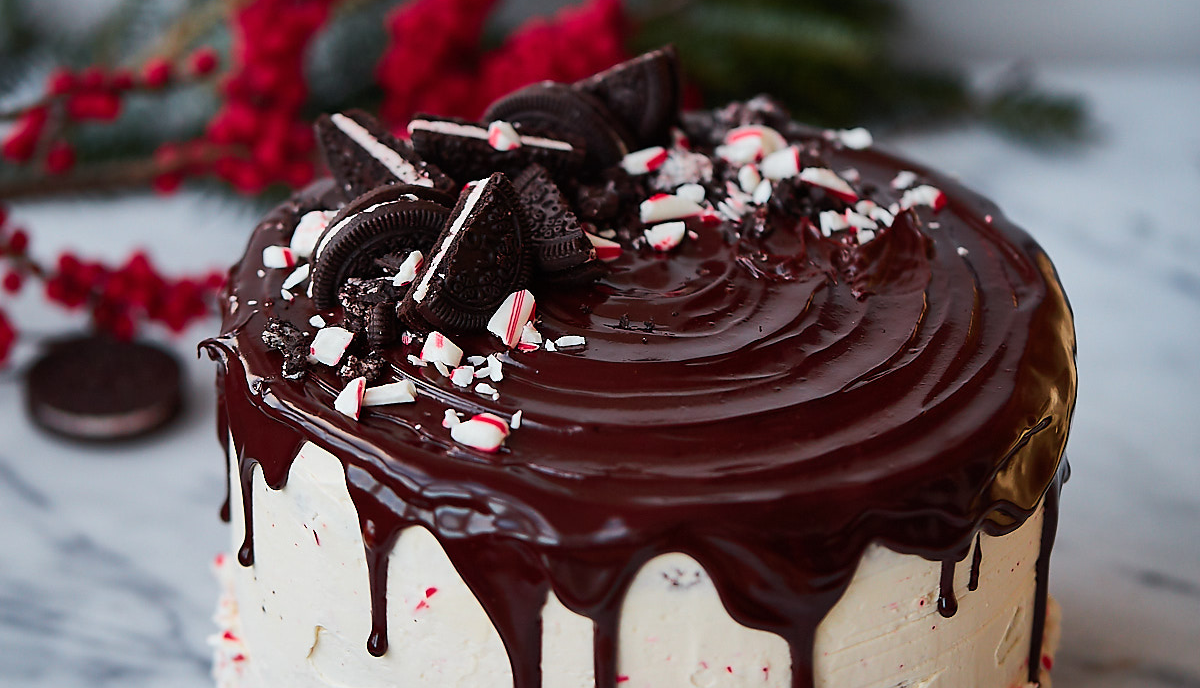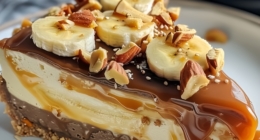You may know it for being the most popular spice in India; perhaps you rather associate it with a spicy sauce and deep in aromas that are consumed in Asia. While both concepts are correct, curry is much more than that: it is one of the most popular preparations around the world.
The curry plant of course has to do with the sauce that bears the same name because it is one of the main ingredients. However, the recipes change according to the place where they are cooked and take advantage of all kinds of local products.
They are green, yellow, red, or brown; they will be defined by the type of spices that are ground together to make what in India is known as masala. This powder brings to life each of the curry recipes around the world.
The beginnings: India

Believe it or not, if you come to a restaurant in India to order only curry, you may not find what you are looking for because the direct translation of this word is salsa. And there are hundreds of varieties of sauces in the Bengal Peninsula.
Tandoori preparations are usually not soupy; rather, vegetables and animal proteins are marinated with masala and yogurt and then cooked in clay. A very popular recipe is tikka masala, which is usually spicy.
Shazlek is the way of preparing lamb, chicken, or shrimp in a special mixture of spices and yogurt, and then accompanying them with paprika and tomatoes.
When you see a dish with the name masala it is a mixture of different spices used in Indian cuisine: vegetables or animal proteins are cooked with cream or essence of coconut and almond.
The British curries

They are generally known as Madras, They have a high content of tomato, which makes them redder than those of other latitudes, in addition to onion, garlic, and ginger. They are usually spicy.
The British East India Company had a trading post in Madras (now Chennai), so the style of curry they learned was native to that region.
Those of Jamaica and the West Indies

Caribbean curry, unlike India, is usually prepared with prefabricated curry blends high in turmeric. They often include cumin, paprika, cardamom, garlic, and fenugreek.
These are turned into a paste or powder that is added to a protein and left to marinate before cooking. The powder is also added to the pan before cooking, creating popular dishes such as goat curry and chicken curry.
Jamaican curry was influenced by British colonial rule and is based more on prefabricated curry blends, but, once slavery was abolished and Indians arrived on the islands, more Indian-style curries prevailed.
There are also in Trinidad and Guyana

They are darker and include ingredients of masala, often jeera, and ground or roasted cumin. Only Indian people make curry with jeera. They serve it with roti, potatoes and goat curry, lobster, chickpeas, duck, and other proteins from the islands.
Although Trinidad and Guyana were also British colonies, the main influence of curry came with the wave of Indian immigrants arriving in the mid-nineteenth century, so curry in this region is more like traditional Indian.
Thailand and its curries

They are usually brothy, based on coconut milk, and made with a curry paste and some kind of protein. The three main varieties are red, green, and yellow:
Red: red chilies, garlic, lemongrass, turmeric, and shrimp. This is the most common and spiciest Thai curry.
Green: green chiles, coriander, kaffir lime, basil, lemongrass, shrimp, and garlic.
Yellow: turmeric, coriander, lemongrass, red chilies, galanga, and garlic. It’s the only one that doesn’t normally use shrimp and that’s why most of the vegan curries you see on menus are yellow. It is sweeter than others.
Before the British arrived, Thailand had its native curry, the Kaeng. But as the opium trade grew, curry powder became a cover-up cargo.
This is how ingredients such as turmeric, cumin, and cilantro were integrated that made up the Thai curry we know today.
Curiosities of curry around the world

The name by which this spicy, creamy and acidic dish with vegetables and meat is known, comes from the Portuguese, who used the word carel to describe the dishes they found in India.
Carel became curry when the English adopted the word and, over time, it became a generic term for curries around the world.
As England and Portugal formed trade routes and colonized the world, they took this dish all over the world, although for reasons of space, we could only mention a few.
Some other preparations consist of accompanying street noodles from Singapore, kari ayam from Malaysia, or curry from Japan and China, with more subtle flavors.
Even Norway has some curry dishes, such as lamb and salmon. Actually, with enough turmeric and garlic, you could curry almost any meal.
Don’t miss interesting posts on Famousbio










